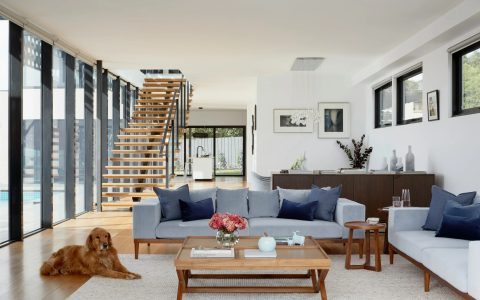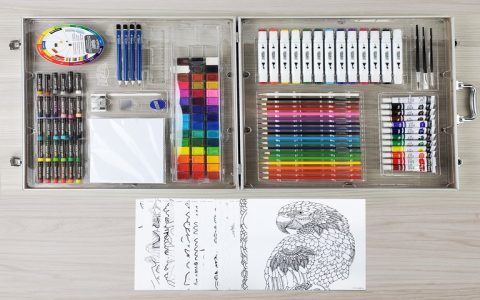Improving spaceship interior design is critical for crew well-being and mission success. Current advancements emphasize practicality and efficiency.
Prioritize Ergonomic Layouts
Design adjustable seating and controls to minimize fatigue; test layouts in mock-ups to ensure comfort during long-duration missions.
Integrate Smart Technologies
- Install AI-driven systems for real-time environmental adjustments.
- Incorporate voice-activated interfaces to streamline operations and reduce cognitive load.
Use Advanced Materials
Select lightweight, durable composites like carbon fiber; apply self-healing finishes to maintain aesthetics and safety under stress.

Optimize Psychological Spaces
- Employ dynamic lighting systems that mimic natural rhythms to boost mental health.
- Design isolated quiet zones with noise-canceling features for relaxation.
Adopt Modular Customization
Incorporate reconfigurable units that allow personal adjustments; ensure components are easy to swap for evolving mission needs.
Focus on Sustainability
Implement recycled materials and closed-loop systems; prioritize designs that reduce waste and energy consumption during operations.






